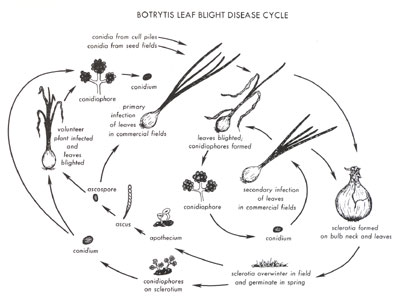
High soluble salts can lead to root injury, further disposing the plants to Pythium root rot. Pythium species should be excluded from the production system. Treatment of irrigation water may become necessary. Sub irrigation or ebb and flow systems can cause rapid spread when wet soils persist for long periods or floors do not drain completely. The pathogen has also been shown to be present in peat moss or soilless media in some cases. Pythium species may enter greenhouses through infected cuttings, contaminated soil within or outside the greenhouse, or contaminated irrigation sources especially surface waters. Any surviving plants may be stunted, flower prematurely, and defoliate. Wilt and death result when infection is severe. Pythium root rot may affect a few plants or can cause the loss of a high percentage of plants, usually soon after the transplant of cuttings. Preventive treatment of irrigation water with bromine or chlorine can be effective bactericides are seldom useful.
#Botrytis blight free
The use of culture-indexed cuttings is the best way to be sure that plants are free of bacteria. Spread of bacterial diseases is often the result of human activity-pruning and propagation procedures, movement of soil and plant debris by machinery or on feet, overhead irrigation, and the application of insecticides and fungicides under pressure. As environmental conditions become favorable for bacterial growth (warm temperatures and high humidity), the bacteria multiply and cause disease. High temperature and high humidity are essential for optimum development of bacterial blight.

This bacterium can survive both in non-symptomatic host plants and in the rhizosphere it is commonly present in most greenhouses. Affected cuttings that have dried can harbor active bacteria for 6 weeks. Succulent tissues are more quickly and severely affected. Symptoms develop at the cut end of cutting but also anywhere on the cutting as a watery rot which results in complete disintegration. Besides Pythium, Phytophthora root, crown, leaf and bract blight, and Black stem and root rot ( Thielaviopsis basicola) can cause losses.īacterial blight and cutting rot can occur suddenly and spread very rapidly causing serious and rapid losses, especially during cutting propagation.

Poinsettias are also subject to wide variety of foliar and stem diseases including Scab ( Sphaceloma poinsettiae), Gray mold ( Botrytis cinerea), Powdery mildew ( Oidium species), and bacterial leaf spot ( Xanthomonas campestris pv. Bacterial blight and cutting rot caused by Erwinia carotovora, Rhizoctonia stem rot, and Pythium root rot are important early in production. Symptoms can also develop from nutrient deficiencies and excesses, especially ammonium toxicity. Due to the long production season with varying environmental conditions, a wide variety of diseases can become important at different times.

Poinsettia ( Euphorbia pulcherrima), the Christmas flower, is one of the most popular potted flowering plants in the United States.


 0 kommentar(er)
0 kommentar(er)
